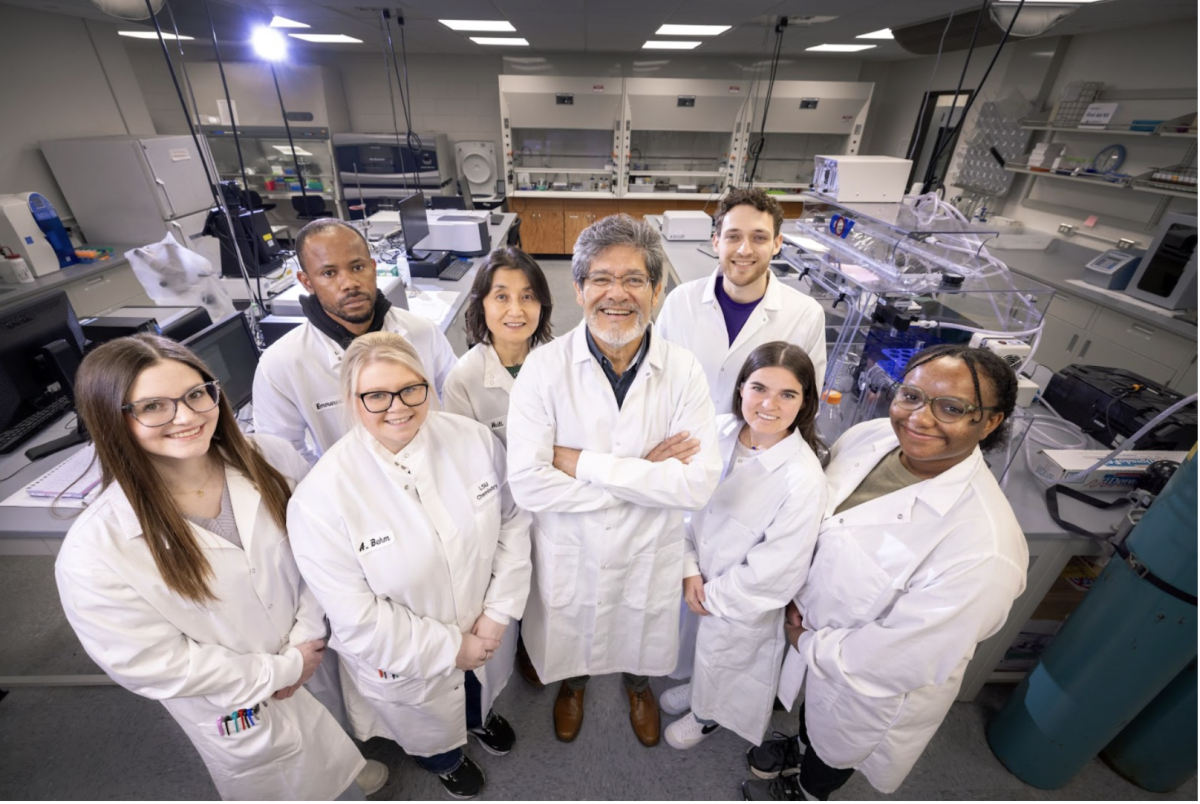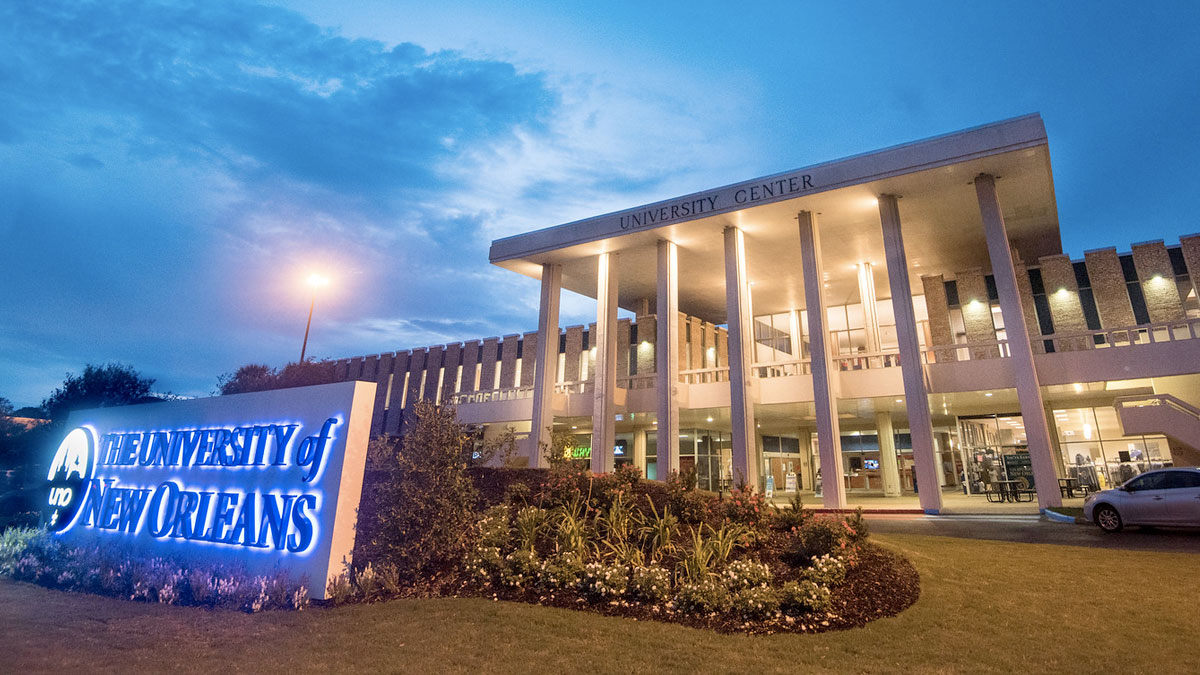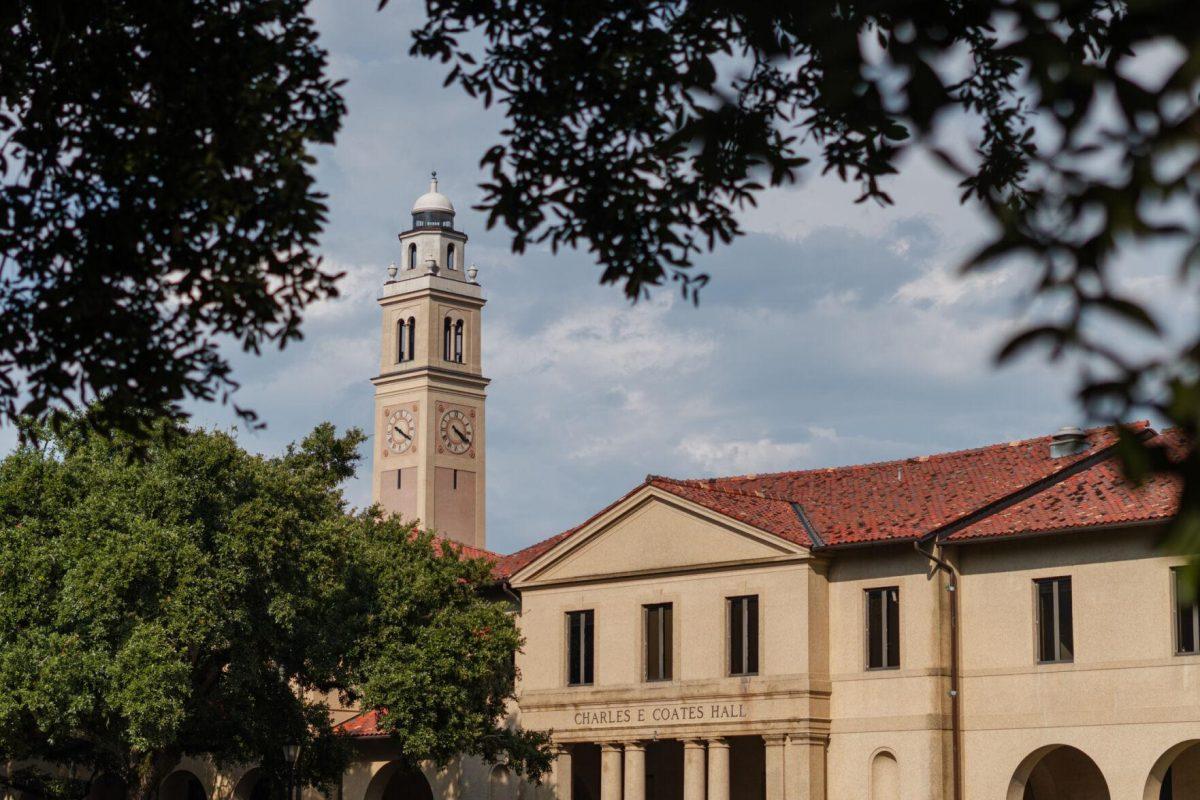LSU researchers are creating a new class of antibiotics that could potentially combat chronic illnesses resistant to drugs currently on the market.
Over 10 years ago, LSU chemistry professor Mario Rivera and his team began asking questions about the importance of specific proteins in bacterial infections. Now, they have found molecules that can kill bacteria cells entirely.
The team hasn’t developed antibiotics yet, but rather molecules that can be turned into antibiotics in the future. They did this by taking advantage of bacteria’s need for iron.
“They need a well-functioning iron homeostasis machinery,” Rivera said. “We’re interrupting that machinery so they can’t acquire iron.”
READ MORE: LSU researchers’ ‘PlantMe Beads’ offer a sustainable future for Mardi Gras
When iron enters a bacterial cell, it’s incorporated into a protein called bacterioferritin, a compartment Rivera compared to a soccer ball with an empty interior core. Yet, the iron needs to be mobilized back to the bacterial cytosol to be incorporated into its metabolism. This mobilization requires another protein, ferredoxin, to bind to the bacterioferritin.
Rivera’s team has focused on inhibiting the binding of this protein-to-protein interaction so that iron gets irreversibly trapped inside the bacterioferritin molecule. When this homeostasis is interrupted, the bacteria cannot correct for it, affecting the bacteria’s synthesis of amino acids, their carbon metabolism and more until the entire cell dies.
Antibiotics currently on the market target bacterial cell wall synthesis or DNA replication, to which bacteria have developed resistance. Rivera said disrupting iron homeostasis is a completely new technique that only the researchers at LSU are pursuing.
“If these molecules are turned into antibiotics, it would create an entire new class of antibiotics never seen before,” Rivera said.
One of the potentially significant applications of developing these compounds is their ability to kill biofilm bacteria. Biofilms are complex shields composed of sugars, proteins and DNA that protect the bacteria they adhere to, making them more resistant to outside stressors, such as antibiotics. Rivera said biofilm infections are typically chronic and much harder to combat than regular infections because of this resistance.
According to Rivera, antibiotic-resistant bacteria and biofilm infections are becoming increasingly common, which he says could put medicine back decades. If bacteria continue to resist antibiotics, which Rivera said is unavoidable, and the use of antibiotics is not steered in the right direction, procedures that depend on effective antibiotics – like surgery, cancer treatment and organ transplants – could become more dangerous.
Over the years, Rivera’s team has been composed of graduate students, postdoctoral researchers and senior scientists at LSU. Currently, Rivera has five graduate students and a senior scientist in his lab. The LSU team has also partnered with researchers at Oklahoma State University and the University of Kansas, as well as Fox Chase Therapeutics Discovery Inc., a company focused on developing early-stage drug research.
The project is funded by the National Institutes of Health. Rivera said that though NIH funding cuts could potentially affect the university, the project hasn’t seen changes so far because it was funded before the NIH announced cuts. Though he said the future is difficult to predict, he feels his funding is safe.
The project currently has two more years of funding from the NIH. After this, the team will move toward getting the antibiotics on the market. To do this, the drug must be tested, ensuring it is toxic to bacteria but not people. First, medications are tested in animals; if successful, human trials begin. If the drug proves to be safe for human consumption, it may be approved by the FDA to be put on the market.
Rivera said that turning a project into a marketable drug is a long process many drugs don’t make it through. Because of this Rivera said his team is looking to have multiple lead molecules to optimize the probability of the drug making it through such an extensive approval procedure.
This process of testing and approving the molecule as a marketable drug could take 5-6 years, but Rivera said he will continue his work regardless of how long it takes. However, Rivera said it takes a lot of money to bring a drug to market, so he hopes to attract pharmaceutical companies that show interest in licensing the technology, which could help finalize the project.
If all goes well, Rivera said 2032 is a good target date for the antibiotic’s approval. Even if these particular molecules don’t pan out, Rivera said other scientists could utilize these weaknesses in bacteria in future research.
“This is what we do,” Rivera said. “Our objective is to keep learning about biology and biochemistry. The more targets we identify, the more avenues we have to combat resistance, so that’s how we can help society in the best possible way.”













